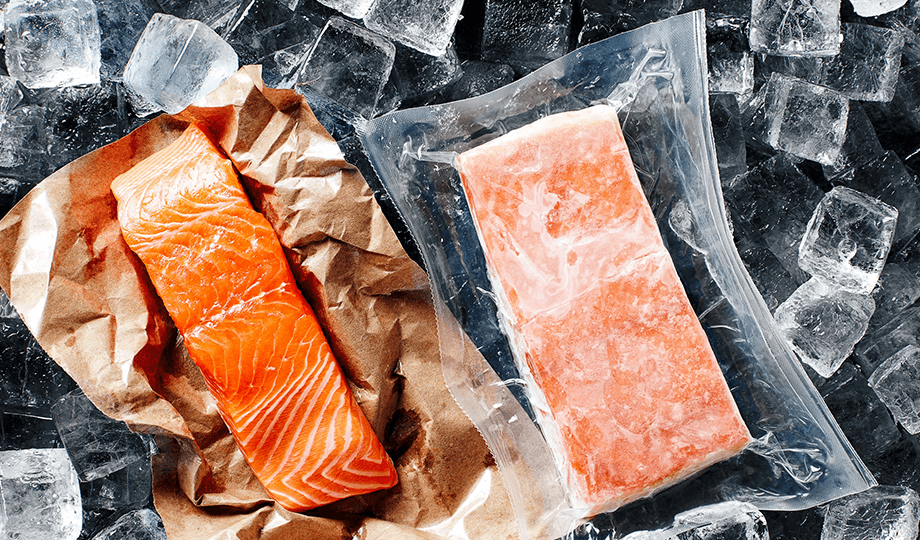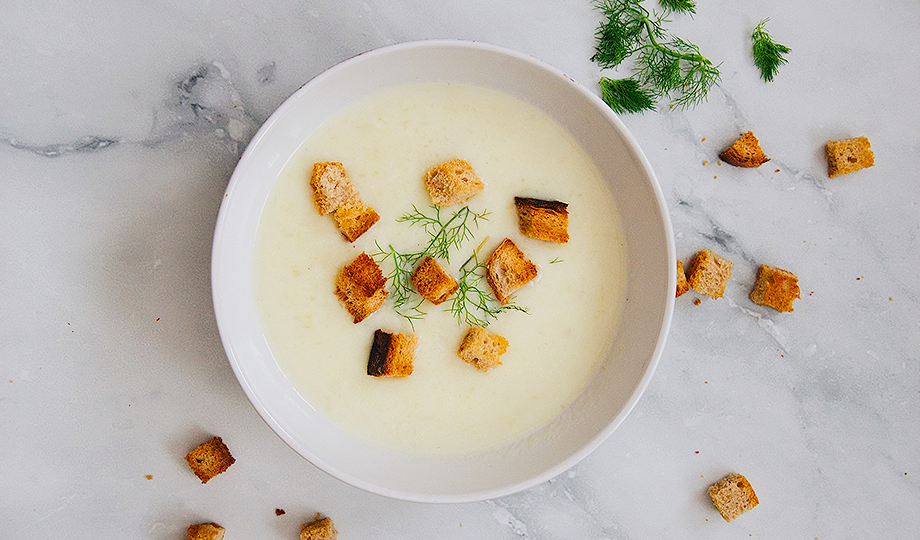How to defrost fish quickly and safely

Frozen fish is one of the great innovations in the culinary world. Currently, most fish and seafood go through the freezing process by using a blast freezer. In just a matter of minutes, the fish that has been caught can be frozen immediately so that its freshness is maintained until it arrives at the food service user's kitchen.
There are 2 alternative methods that can be used to thaw frozen fish, as follows:
1. First: if you have more time, thaw the fish in the refrigerator for 1 night (with an ideal temperature of 2 - 4⁰C)
One of the best and safest ways to thaw fish is to store it in the refrigerator overnight; Move the fish from the freezer to the refrigerator one day before using. After that, the fish will thaw and be ready to be processed the next day. However, if the thickness of the fish is quite thin, you can store it in the refrigerator ± 12 hours before using. Check out several steps before doing this method:
- If the fish is vacuum-sealed, before placing it in the refrigerator, make at least one small hole in the package or remove the fish from the package. This aims to introduce oxygen into the fish to prevent the possible growth of anaerobic bacteria (bacteria that can live in low oxygen conditions)
- Place the fish in a container and place it in the coldest part of your refrigerator
- During kitchen operating hours, dry the fish with kitchen tissue before cooking (so that the surface of the fish is crispier and minimizes the occurrence of explosions when water meets hot oil)
2. Second: if you don't have much time, thaw the fish in cold water
The next effective and efficient way is to thaw the fish with cold running water. This technique will not take more than 30 minutes and tends to be even shorter for thinly filleted fish.
Basically, cold water will defrost fish faster than cold air in a refrigerator because the surface of the fish is completely covered with water. The flow of water will speed up the thawing process significantly. Know some steps before doing this method:
- Transfer the fish into plastic and make sure the plastic is tightly closed without any air/water. So that the texture of the fish does not become mushy and crumbles easily).
- Place the fish in a container and allow a stream of water to flow into the container. Make sure the water is cold, avoid warm/hot water
- Check the packaging after 10 minutes to see if the fish has thawed. When it has thawed, remove it from the water and packaging, then dry it with kitchen tissue and the fish is ready to be cooked
Important to note. There are several things that should NOT be done to thaw fish, as follows:
- Thaw the fish in warm water or at room temperature: this method seems faster than cold water. However, in fact it can endanger food safety (because bacteria will grow quickly) and can also make the texture of the fish mushy
- Defrosting fish in the microwave: Microwave heating tends to be uneven, so there is a possibility that other parts of the fish are still raw or frozen. Basically, this not only damages the texture of the fish, but is also dangerous from a food safety perspective
Why is thawing fish properly so important?
The main thing to pay attention to when thawing frozen fish is food safety. This aims to minimize the growth of bacteria that can cause food poisoning.
The two alternative methods described above basically function to maintain the quality and safety of fish so that it does not enter the food safety danger zone at a temperature of 5 - 60⁰C (the temperature range where bacteria tend to grow quickly). In addition, avoid storing raw or cooked fish at room temperature for more than 2 hours.
Hopefully these tips are useful and look forward to various other culinary information on this website!
